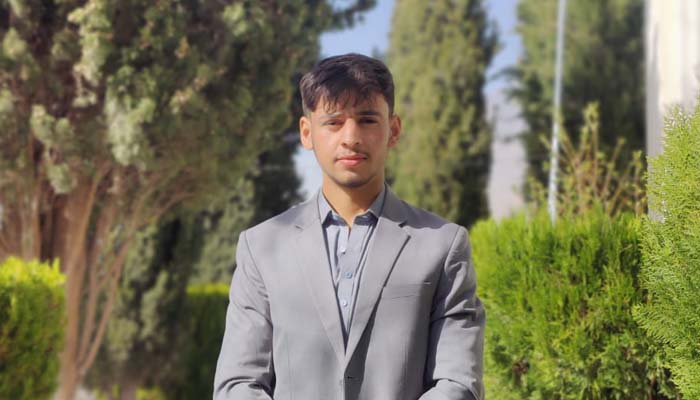Gilgit-Baltistan, an awe-inspiring place in northern Pakistan, is not only famous for its towering mountains and untouched valleys but also its stunning linguistic diversity. The region is inhabited by over a dozen languages and is like a living museum of cultural and linguistic heritage. This linguistic richness reflects the historical, geographical, and ethnic complexity of Gilgit-Baltistan, where communities have preserved their unique identities through language for centuries. However, in the face of globalization and modernization, many of these languages are at risk of fading away. Preserving this linguistic diversity is crucial not only for maintaining cultural heritage but also for save social harmony and intellectual richness in the region. A Mosaic of Languages
Gilgit-Baltistan is a cultural treasure house where languages of various families, such as Indo-Aryan, Sino-Tibetan, and the distinctive Dardic and Burushaski tongues, exist. Among the important languages spoken here are Shina, Balti, Burushaski, Khowar, Wakhi, and Domaki, all with a distinct script, phonetics, and literary heritage.
The Cultural Significance of Linguistic Diversity
Languages are not just means of communication, but carriers of culture, history, and identity. The language distribution of Gilgit-Baltistan holds centuries of commerce, migration, and cross-cultural interaction along the ancient Silk Road. Each language has within its folk songs, proverbs, stories, and traditional wisdom that shape the ethos of its speakers. Balti poetry, for example, has Tibetan Buddhist overtones, while Shina and Burushaski oral traditions hold rich mythological epics indigenous to the area.
Additionally, multilingualism is a lifestyle in Gilgit-Baltistan. People often use three or more languages with ease, promoting inter-community tolerance. This coexistence of languages reflects the plural heritage of the region, where various ethnic groups have cohabited for centuries.
Threats to Linguistic Diversity
Though they hold historical importance, most of the languages of Gilgit-Baltistan face threats from various reasons:
Being the national and official language, Urdu and English are progressively displacing local languages in education, media, and public communication. The younger generation is more likely to use these prevailing languages, causing native language skills to deteriorate.
Most indigenous languages have no standardized writing systems, dictionaries, or learning materials. Without official sanction in schools, they cannot survive in written form.
Economic migration to cities and overseas has triggered language shift, as people give up their mother languages in favor of more common languages. The role of electronic media, TV, and social media largely in Urdu and English further excludes local languages.
Preserving the Linguistic Heritage
To protect the linguistic diversity of Gilgit-Baltistan, joint actions are required at individual, community, and government levels. Researchers and linguists should team up with native speakers to document grammar, vocabulary, and oral traditions. The production of dictionaries and written literature will assist in preserving these languages in the future.
Implementing mother-tongue-based multilingual education in schools will enable children to hold on to their linguistic heritage while acquiring Urdu and English. These models have already been implemented in minority languages in countries such as Nepal and India.
Indigenous language use can be revitalized among the youth through local radio services, television programs, and online content produced in indigenous languages. Social media sites can also serve to promote linguistic consciousness.
Literary festivals, poetry recitals, and storytelling sessions conducted in native languages can rekindle interest in language tradition. The government must officially recognize such languages and provide funds for their maintenance. Provincial and national cultural institutions can be instrumental in promoting linguistic diversity.
Conclusion
The linguistic richness of Gilgit-Baltistan is a precious treasure, symbolizing centuries of cultural development and interethnic cohesion. But unless it acts now, many of these languages will become extinct, carrying irreplaceable knowledge and customs with them. Conserving this heritage demands a collaborative effort—from grassroots activities to policy interventions. By celebrating and renewing these languages, Gilgit-Baltistan can remain a beacon of cultural diversity in a homogenizing world. Survival of these languages is not merely a matter of words; it is a matter of conserving the essence of a civilization.








Comments are closed, but trackbacks and pingbacks are open.